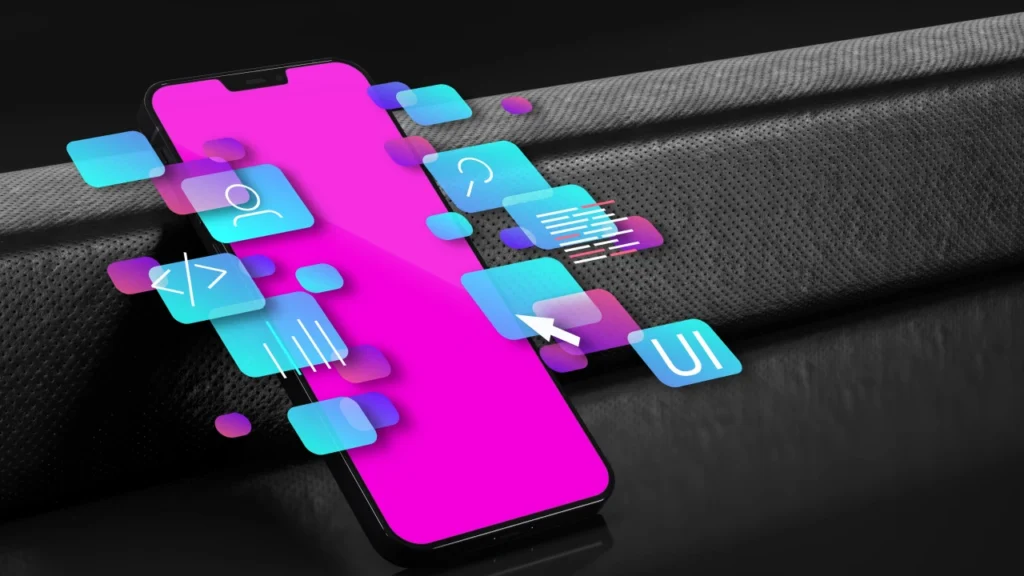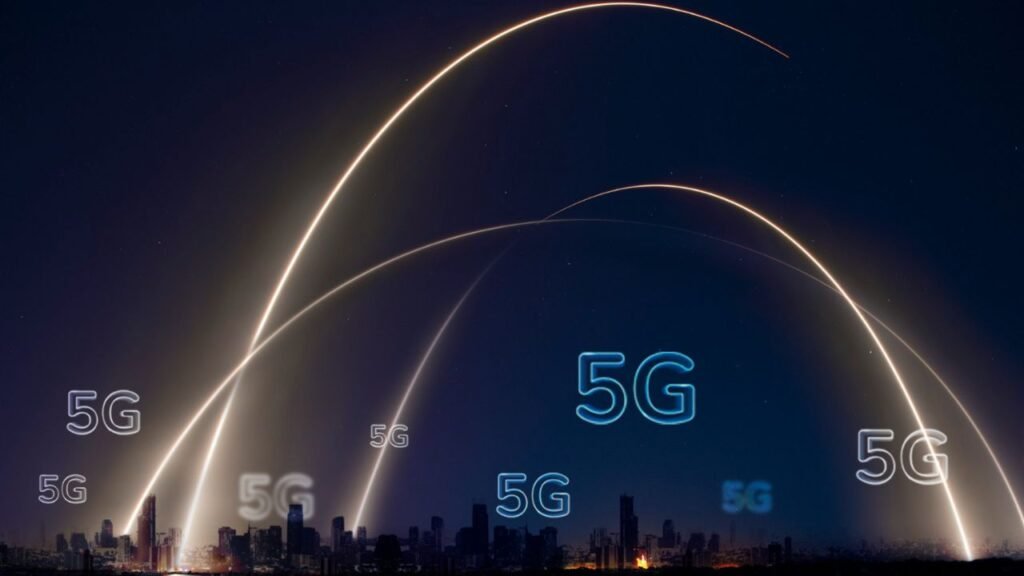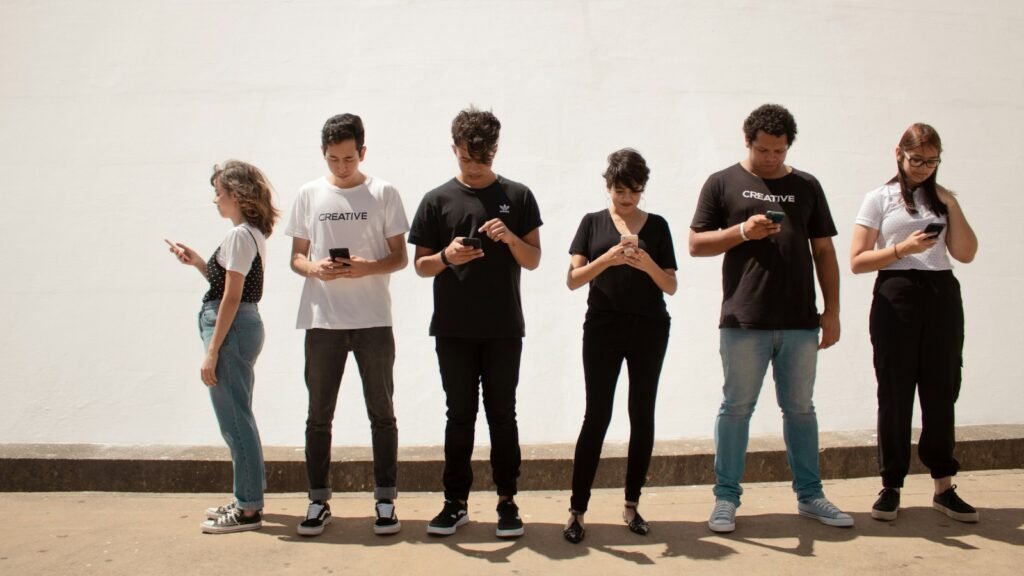Table of Contents
Highlights:
- Budget smartphones in India 2025 now feature 5G, AMOLED displays, and fast charging, once reserved for premium devices.
- The best phones under ₹20,000 offer a balanced performance, camera quality, and battery life, making them ideal for students and everyday users.
- 5G affordable mobile options from Realme, Samsung, and OnePlus deliver strong value, reliability, and software support.
By October 2025, India’s budget-smartphone space (sub-₹20,000) will have undergone a sea of change. What was once entry-level in name alone now comes with 5G capability, high refresh-rate screens, large batteries, good cameras, and even high-end flourishes such as AMOLED screens, fast charging, and IP or MIL-STD ruggedness in some instances.

The budget-to-mid-range gap has been reduced so much that the choice now boils down to how companies prioritize trade-offs: display quality, camera, battery, charging speed, or processor power. For students, average consumers, and those who desire good phones at affordable prices, this range of prices is one of the best values for the rupee. But it does require sensitive comparison, for that “under ₹20,000” spans a big range of quality and expertise.
What Buyers Need to Prioritise
Even without check boxes in lists, some absolute essentials make the good distinguishable from the tolerable in this price segment. A slow processor or sluggish charging can spoil the user experience worse than having lower megapixels. Display quality, refresh rate, brightness, and panel type are crucial, particularly for gaming, daylight visibility, and streaming. Battery capacity is important, but charging speed is another factor; a 5,000-mAh battery is nice to have, but charging for two hours on a slow charger can somewhat diminish its value.
Camera sensors are everywhere; it’s image processing, including features like low-light handling and secondary lenses (ultra-wide, macro), and not just the megapixels that vary. Then, software support and updates, security patches, build quality, proper heat dissipation, frame, and glass protection are all generally underappreciated on budget phones, but are the ones that matter when it comes to actual use and longevity.
Display, Battery, and 5G: What’s Possible under ₹20,000
In 2025, most phones below ₹20,000 offer 5G connectivity as a standard, at least in most models. The price of 5G-ready chipsets has declined, making them the baseline norm rather than a luxury for most new value phones. Similarly, the displays have become better: 90 Hz or 120 Hz refresh rates are the norm, although AMOLED or high peak brightness are less common at the lower end of the segment.

Battery capacities in this range often vary between 4,500 and 7,000 mAh. The higher-capacity batteries serve as an offset for less efficient performance in lower-end processors, particularly when operating 5G or high-refresh-rate screens. However, larger capacity often comes with slower charging in lower-cost variants. Manufacturers that provide 30-45W or higher fast charging are offering real value, as they alleviate “charging pain.” Some variants take this further, though genuine “flagship-level” charging (80W+) remains uncommon below ₹20,000, or is accompanied by compromises on battery health or accessories.
Camera Performance and Other Trade-offs
One trend apparent in this price segment is the excess of high megapixel counts, i.e., 50MP, 64MP, and even 108MP in certain models. But excess megapixels don’t always guarantee good images. Lens quality, sensor size, image processing, night mode capabilities, and software optimization are generally more important. For instance, a poorly lensed or poorly processed 50MP sensor might degrade more slowly in low light than a properly optimized 48MP or 64MP sensor with bigger pixels.
Secondary cameras (ultrawide, macro, and depth) are ubiquitous, but not always that great: ultrawide lenses in the space tend to have a narrower field of view or become distorted; macro lenses tend to be gimmicky. If photography is essential, a model with optical image stabilization (OIS) or at least superior software processing might provide more consistent results.
Other compromises are build materials (metal/glass vs plastic), forgetfulness of features such as stereo speakers, headphone jack, microSD card slot, water and dust resistance, and update and quality of service support. In some cases, a phone gets to an appealing spec sheet by making compromises in software or support, which can impact long-term satisfaction.
Who Should Choose Which Phone?
Various individuals will suit different phones best based on what they want most. If you are a user who views extensive video or plays games occasionally, a good refresh rate, a good screen (120 Hz), and a large battery will provide you with more day-to-day satisfaction than pursuing extremely high camera specifications. The Realme 14x 5G or Oppo K13x 5G would be solid recommendations.

If the only thing that really matters to you is photography, the OnePlus Nord CE 3 Lite 5G, Realme 12 5G, and Samsung Galaxy A15 5G may offer you better rear cameras or daylight-to-dim-light color reproduction. If one is a frequent traveller or simply wants to use the phone for as long as possible, a 5,000-6,500 mAh battery and an adequately efficient processor would greatly help in deterring an almost daily need for charging or overheating of the phone.
| User Type | Recommended Models | Key Benefits |
|---|---|---|
| Gamers & Streamers | Realme 14x 5G, Oppo K13x 5G | 120 Hz display, large battery |
| Photography Lovers | OnePlus Nord CE 3 Lite 5G, Samsung A15 5G | Better image processing |
| Heavy Travelers | Vivo T3 5G, Realme 12 5G | 6,000 mAh+ battery, efficient chipset |
| Students | Redmi Note 13 5G | Affordable all-rounder |
If after-sales service, reliability, and software experience matter, then going with a brand that already has a service network established in India (OnePlus, Realme, Vivo, or Samsung) is likely more crucial than giving in to a few more specifications on paper.
Price vs Performance: The Most Delicate Balance
The best budget smartphones in India under ₹20,000 strike a balance between power, display, and endurance.
The “sweet spot” here is to get a phone that delivers maximum performance per rupee without splurging on less important features. For example, overpaying for an ultra-high-resolution screen might compromise charging speed or thermal comfort; opting for flash charging over physical build quality could mean phones deteriorate faster.
In reality, the phones that show up on reputable lists as often as possible are those that get a good balance: a good screen (AMOLED or 120 Hz LCD), enough RAM and storage (preferably 6-8 GB RAM, 128GB storage), a big battery (≈5,000 mAh or higher), a decent camera, and 5G support. If these are met, most people will tolerate plastic build, reduced blade in secondary camera quality, or no water resistance.
Limitations and Risks
The best phones under ₹20000 do have their limitations. Software update cycles are shorter than on flagships; IP67/IP68 water resistance features are extremely uncommon; speakers or vibration motors may be lower-quality hardware; display brightness, particularly in direct sunlight, usually falls behind the high-end line; and gaming performance in demanding titles will stutter or need to be turned down. Also, a few specifications advertised may be sales-variant/RAM/Storage config-dependent; usually, a low-cost variant has less RAM, which has a huge impact on real-world performance.

Conclusion
The finest examples strike a balanced ratio, featuring a good display, a strong processor, sufficient RAM, and long battery life, while eschewing excessive spending on “looks good but doesn’t necessarily matter” specs. If you are purchasing today, prioritize what is important to you: battery, camera, screen, or charging? Check software support and brand value. Of the models mentioned here, you might find that one provides more of what you actually use, not just possessing all the features. As technology improves, this category remains a solid value, but wise decisions prevent regret.